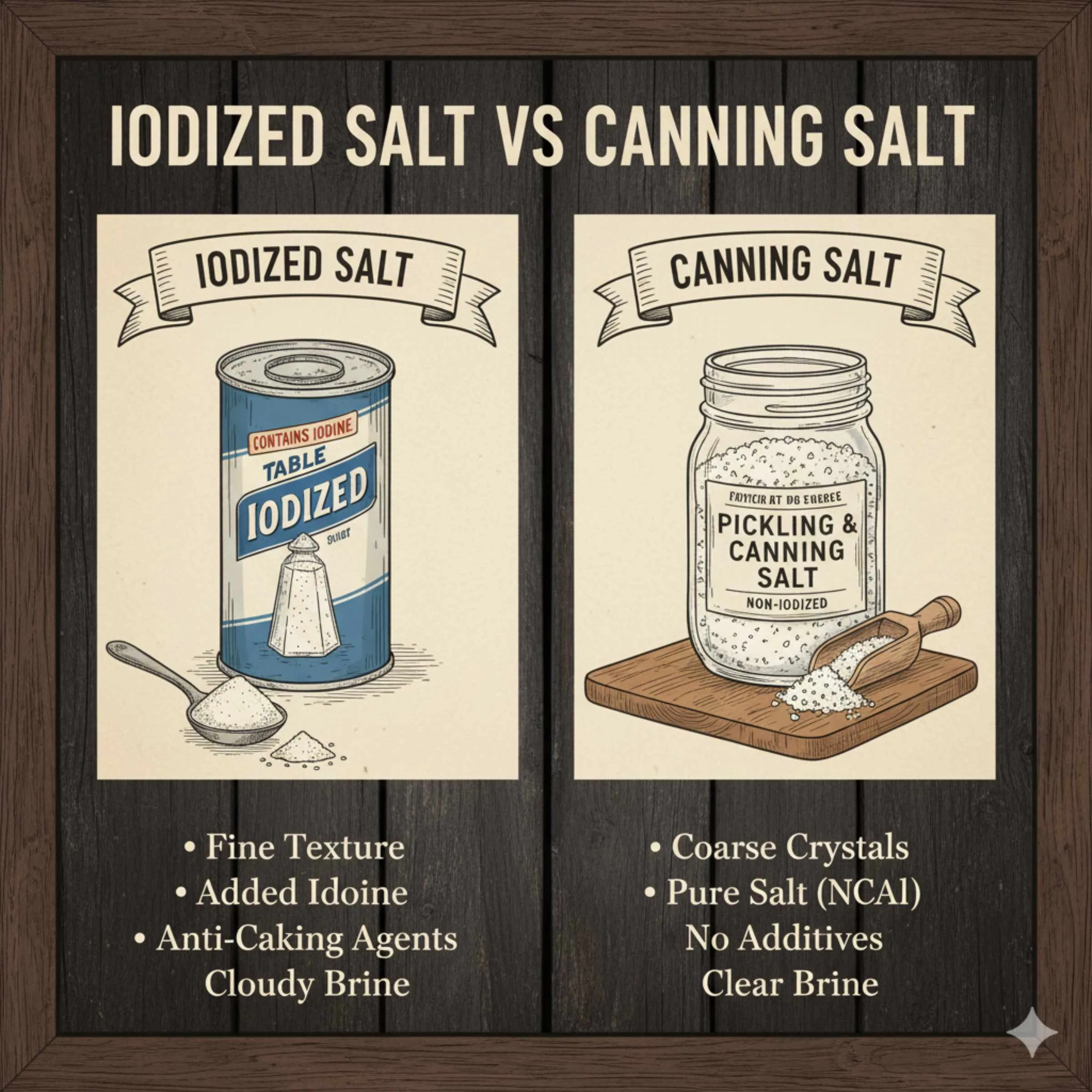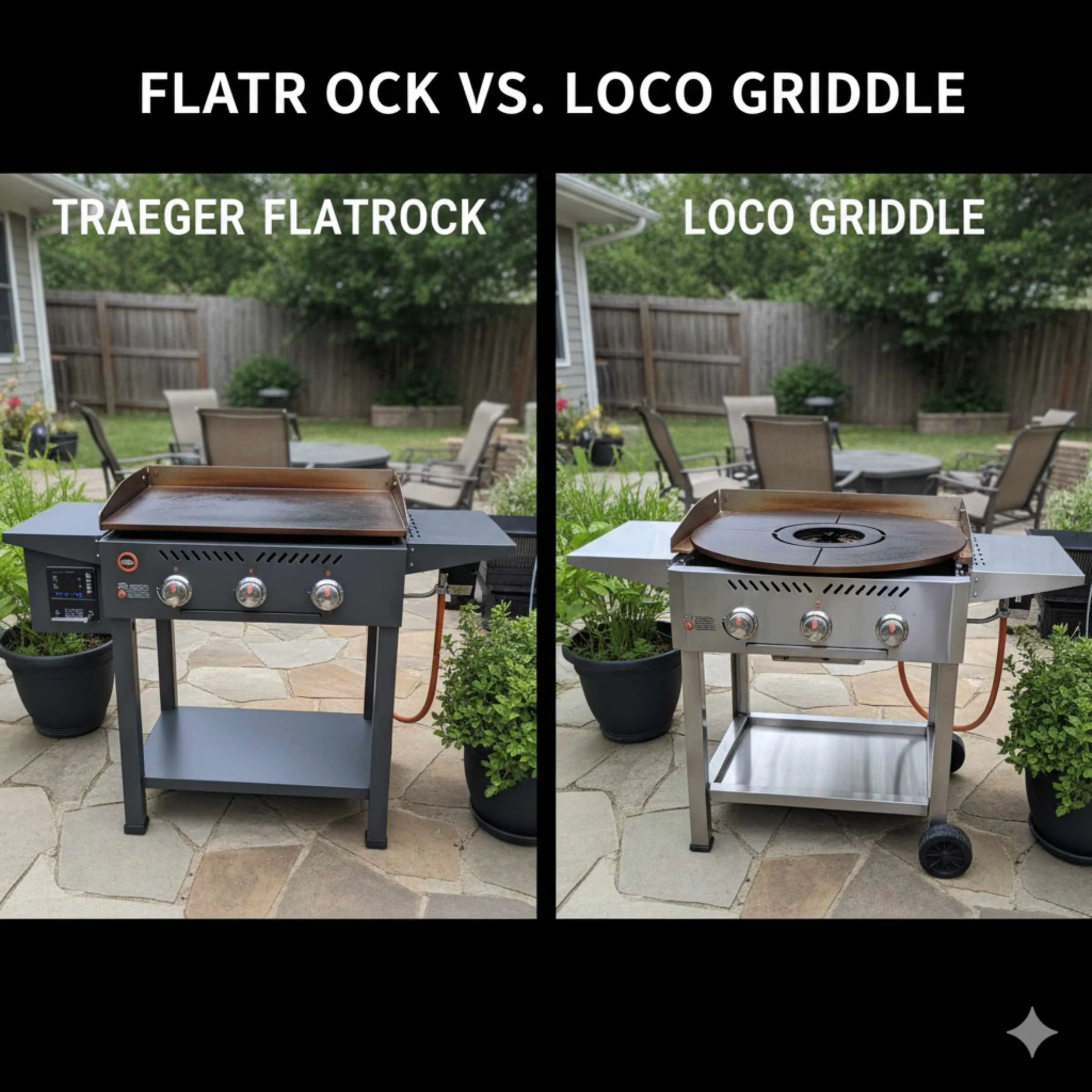To accurately measure for cabinet drawer slides, you’ll need three key measurements: the width of the drawer opening, the height of the drawer opening, and the depth of the drawer opening. These dimensions ensure you select slides that fit perfectly, allowing drawers to open and close smoothly. This guide simplifies the process, turning a potentially tricky task into a straightforward DIY project.
Welcome, design enthusiasts and DIY dreamers! Are you dreaming of finally getting those sticky, stubborn drawers to glide like butter? Or perhaps you’re embarking on a cabinet makeover and need everything to work just right? Measuring for drawer slides can seem a bit daunting at first, but I promise, it’s simpler than you think! With a few basic tools and these easy-to-follow steps, you’ll be able to confidently select the perfect drawer slides for your project. Let’s banish those frustrating drawer woes and get ready for smooth, effortless operation.
Why Accurate Measurement Matters for Cabinet Drawer Slides
Choosing the right drawer slides is like picking the perfect pair of shoes – they need to fit just right to be comfortable and functional! When your drawer slides are the wrong size, you’ll often find that your drawers stick, sag, or don’t close all the way. This isn’t just annoying; it can also put extra wear and tear on your cabinets and drawers. Getting the measurements correct from the start saves you headaches, returns, and the disappointment of a project that doesn’t quite hit the mark. It’s a small step with a big impact on the overall look and feel of your cabinets.
Common Drawer Slide Measurement Mistakes to Avoid
Before we dive into the “how-to,” let’s quickly touch on common pitfalls that can trip up even the most well-intentioned DIYer:
- Measuring the Drawer Box Instead of the Opening: This is a classic! You might have a perfectly sized drawer box, but the opening it sits within is a different story. Always measure the space where the drawer will sit.
- Not Accounting for Clearance: Drawer slides, and the drawer itself, need a little breathing room. Forgetting to leave space for the slide hardware and for the drawer to move freely is a common oversight.
- Ignoring Slide Type: Different types of slides (like undermount, side-mount, or center-mount) have different installation requirements and may influence your measurements.
- Inconsistent Measurements: If you measure one side and assume the other is the same, you might run into issues. It’s always best to check all relevant dimensions.
- Using the Wrong Tools: While you don’t need a professional toolkit, a good quality tape measure is essential.

Tools You’ll Need
Gathering your tools beforehand makes the process smooth and efficient:
- Tape Measure: A standard retractable tape measure is perfect. For longer cabinets, consider a metal one.
- Pencil: For jotting down your measurements.
- Notepad or Paper: To record your findings.
- Optional: A Helper: Especially useful for larger cabinets or if you need to hold things steady.
Step-by-Step Guide: How to Measure for Cabinet Drawer Slides
Let’s get down to business! Measuring for your drawer slides is a simple three-step process. We’ll focus on the interior opening of your cabinet where the drawer will live. Remember, precision here is key to a great result. We’re measuring the opening, not the drawer box itself, as the slides attach to the cabinet interior.
Step 1: Measure the Width of the Drawer Opening
This is the measurement from the inside left wall of the cabinet opening to the inside right wall of the cabinet opening. Make sure your tape measure is held straight and level across its entire length.
- Locate the cabinet opening where the drawer will be installed.
- Extend your tape measure from the inner surface of the left cabinet side to the inner surface of the right cabinet side.
- Ensure the tape measure is snug against the back of the opening and level.
- Record this measurement. Let’s call this the Opening Width.
Pro Tip: For a more accurate measurement, take this reading at the front, middle, and back of the opening. If there’s a slight variation, use the smallest measurement for width. This ensures your drawer won’t bind. Most general-purpose drawer slides are designed to fit specific width ranges, so knowing your exact opening width helps in selecting the right size.
Step 2: Measure the Height of the Drawer Opening
Next, we’ll measure the vertical space available for your drawer. This measurement is critical for selecting slides that won’t cause the drawer to sag or be too tall to fit.
- Extend your tape measure from the inner bottom surface of the cabinet opening upwards to the inner top surface of the opening.
- Keep the tape measure straight and vertical.
- Record this measurement. This is your Opening Height.
Good to Know: Height is usually less critical for standard side-mount drawer slides, but it’s still important to know your space. However, it becomes very important for undermount slides, where the slide mechanism is hidden beneath the drawer, as it dictates which slide profile will fit.
Step 3: Measure the Depth of the Drawer Opening
The final crucial measurement is the depth. This tells you how long your drawer slides need to be. It’s important that the slides don’t extend beyond the back of your cabinet or are too short to offer full extension.
- From the inside front edge of the cabinet opening, measure straight back towards the inside rear wall of the cabinet.
- Ensure your tape measure is level and perfectly straight.
- Record this measurement. This is your Opening Depth.
Important Note: Drawer slide lengths typically correspond to standard cabinet depths. For example, if your opening is 18 inches deep, you’ll likely need 18-inch drawer slides. If your depth falls between standard sizes, it’s usually best to opt for the shorter size to ensure proper fit and prevent the slide from protruding or causing friction with the back of the cabinet. Always check the manufacturer’s specifications for the slide lengths they offer.
Understanding Drawer Slide Types and Their Measurement Impact
While the basic measurements (width, height, depth) are universal, the type of drawer slide you choose can influence how you apply those measurements and what to look for in slide specifications. Here’s a quick rundown:
Side-Mount Slides (Ball-Bearing or Roller)
These are the most common types found in many kitchens and dressers. They mount to the sides of the drawer and the inside of the cabinet.
- Measurement Focus: Primarily the cabinet opening width and depth are key. The height of the opening is less critical for the slide itself but matters for accommodating the drawer box. You’ll need to subtract a small amount from your opening width for clearance on each side of the drawer box (typically 1/2 inch total, or 1/4 inch per side, but always check slide specs).
- Pros: Easy to install, widely available, relatively inexpensive.
- Cons: Take up side space, may not offer full extension on cheaper models.
For excellent resources on cabinet hardware and installation from a trusted source, the U.S. Department of Housing and Urban Development (HUD) offers great guides on home maintenance and repair that often touch upon these components. You can find helpful sections on their website regarding cabinetry and hardware.
Undermount Slides
These slides are mounted to the bottom edges of the drawer box and the cabinet floor. They are often preferred for a cleaner, hidden look.
- Measurement Focus: Opening width and depth are still essential. Crucially, the height of the drawer box must be compatible with the slide, as the slide mechanisms take up vertical space under the drawer. You’ll also need to ensure there’s enough clearance from the bottom of the drawer to the cabinet floor. Manufacturers provide precise specifications for drawer box height requirements.
- Pros: Hidden for a sleek look, often offer full extension, durable and smooth operation.
- Cons: Can be more expensive, installation can be trickier, require specific drawer box dimensions.
Center-Mount Slides
These are mounted to the center of the drawer and cabinet. They are often found in older furniture or for lighter-duty applications.
- Measurement Focus: Primarily opening depth. They are less dependent on precise side clearance than side-mounts but require a specific drawer box width to accommodate the single center slide.
- Pros: Simple installation, often less costly.
- Cons: Limited weight capacity, don’t offer full extension, can be less stable than other types.
Drawer Slide Measurement Checklist & Example
To make things even easier, here’s a quick checklist you can use while measuring. Let’s walk through an example:
Scenario: You’re measuring a standard kitchen cabinet drawer opening.
Example Measurement Log:
| Measurement Type | Location | Reading | Notes |
|---|---|---|---|
| Width | Inside left to inside right (front) | 15 inches | Level and snug. |
| Width | Inside left to inside right (middle) | 15 1/8 inches | Slightly wider in middle. Use 15″ for planning. |
| Width | Inside left to inside right (back) | 14 7/8 inches | Narrowest point. |
| Final Width for Slides | 14 3/4 inches (15″ less 1/4″ clearance per side) | Allowing for slide thickness & wobble room. | |
| Height | Inside bottom to inside top | 4 inches | Standard measurement. |
| Depth | Inside front to inside back | 20 inches | Cabinet interior depth. |
| Final Depth for Slides | 20 inches | Match to slide length. |
Based on this example, you would look for drawer slides rated for a 15-inch interior width (remember, you subtract for the slide hardware itself from the opening measurement) and a 20-inch depth. For side-mount slides, you’d also need to consider the height of your drawer box to ensure it will fit within the 4-inch opening, allowing for the slide mechanism if it adds height.
Choosing the Right Drawer Slides Based on Your Measurements
Once you have your measurements, you can confidently shop for drawer slides. Here’s how your numbers translate:
- Width: Most drawer slide manufacturers will specify a range of cabinet opening widths their slides are designed for. For example, a slide might be listed as fitting openings from 14 to 22 inches. You’ll also need to subtract the thickness of the slide hardware from your opening width to determine the required drawer box width. A common rule of thumb for side-mount slides is to subtract 1/2 inch from the opening width (1/4 inch for each side) to determine the drawer box width. Always check the manufacturer’s guidelines!
- Depth: Drawer slides are typically sold in standard lengths (e.g., 10″, 12″, 14″, 16″, 18″, 20″, 22″, 24″). Your internal cabinet depth measurement should correspond closely to the slide length you choose. If your measurement falls between two standard lengths, it’s generally safer to select the shorter length. For instance, if your cabinet is 17 inches deep, a 16-inch slide would be appropriate. Overly long slides can bind, hit the back of the cabinet, or not function correctly.
- Height: For undermount slides, the height of your drawer side is critical. Manufacturers will specify the minimum and maximum drawer side heights their slides can accommodate. For side-mount slides and roller systems, while the opening height is less critical for the slide itself, ensure your drawer box, with the slide attached, can comfortably fit within the opening.
A great tool to help visualize slide types and their specifications is the Woodworking Times’ Cabinet Hardware Guide, which offers in-depth information on various hardware components, including detailed diagrams and explanations of how different slides are measured and installed.
Weight Capacity and Extension Options
Beyond basic dimensions, consider these factors:
- Weight Capacity: Think about what you’ll store in your drawers. Kitchen drawers, especially those with heavy pots and pans, need slides with a higher weight rating (e.g., 75-100 lbs or more). Lighter-duty drawers, like those for socks or linens, can use slides with lower ratings (e.g., 50-75 lbs).
- Extension: Drawer slides come in various extension lengths:
- 3/4 Extension: The drawer opens about three-quarters of its length. Good for general use and shallower drawers.
- Full Extension: The drawer opens completely out of the cabinet, giving you access to the entire drawer. Ideal for deeper drawers and maximizing storage space.
- Over-Travel: Allows the drawer to be pulled out slightly beyond full extension, often useful for specific applications.

Frequently Asked Questions (FAQs)
Q1: Do I measure the drawer box or the cabinet opening?
Always measure the inside dimensions of the cabinet opening where the drawer will slide. The drawer slides attach to the cabinet interior and sides of the drawer box, so the opening is your reference point for slide length and fit.
Q2: How much clearance do I need for drawer slides?
For side-mount slides, you generally need to subtract about 1/2 inch from the total cabinet opening width (1/4 inch per side) to determine the required drawer box width. Always check the specific slide manufacturer’s recommendations, as this can vary slightly.
Q3: My cabinet opening isn’t perfectly square. What do I do?
Measure the width at the front, middle, and back, and measure the height at the front and back. Use the narrowest width and the shortest height measurements to ensure your drawer and slides will fit without binding. You’ll want to plan your slide placement based on these smallest dimensions.
Q4: Can I use longer drawer slides than the cabinet depth?
No, it’s best to match the slide length to the cabinet depth as closely as possible. Using slides that are too long can cause them to bind, extend beyond the cabinet face, or not install correctly. If your cabinet depth is between standard slide lengths, choose the shorter option.
Q5: Are undermount slides harder to measure for?
They require the same basic measurements of opening width and depth, but you also need to pay close attention to the required height of the drawer box itself. Manufacturers specify the minimum drawer side height for their undermount slides, so ensure your drawer box meets these requirements.
Q6: What if I want my drawers to open extra far?
Look for “full extension” or “over-travel” drawer slides. Full extension slides allow the drawer to be pulled out completely, while over-travel slides allow you to pull it out even further than flush, providing maximum access. Your internal cabinet depth will still dictate the maximum slide length you can use.
Conclusion
There you have it! Measuring for cabinet drawer slides is a straightforward process once you know what to look for. By carefully taking your cabinet opening’s width, height, and depth, and considering the type of slide you intend to use, you unlock the secret to smooth, effortless drawers. Remember, precision in measurement is your best friend in DIY projects, ensuring a professional-looking and highly functional result. With these skills in your toolkit, you can tackle any cabinet upgrade or repair with confidence. Happy measuring, and enjoy those beautifully gliding drawers in your home!








Leave a Reply